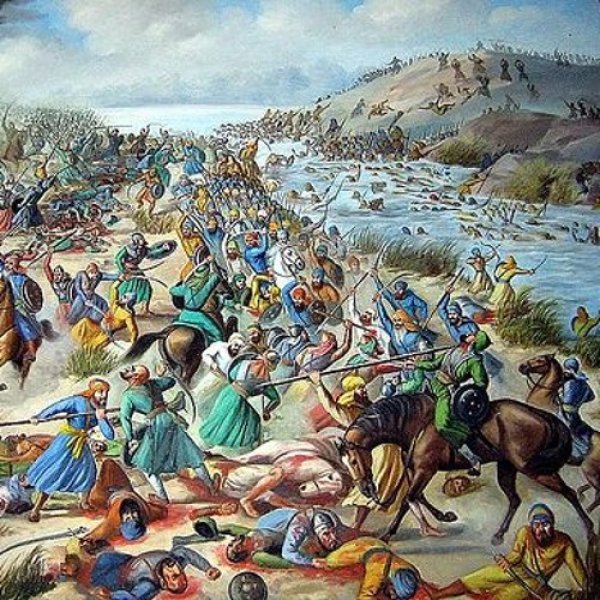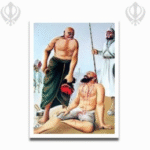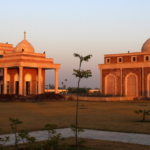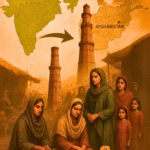On February 5, 1762, the plains of Punjab witnessed one of history’s most brutal massacres. Fresh from defeating the Marathas, a vengeful Ahmed Shah Abdali turned his wrath upon the Sikhs who had repeatedly humiliated him and freed thousands of Hindu captives. Near Kap village by Malerkotla, his 200,000-strong army encircled 50,000 Sikhs – warriors shielding their families in a desperate last stand.

The earth ran red that day. Between 18,000-20,000 innocent Sikhs – women, children, and elders – were slaughtered. Though 10,000-12,000 Khalsa warriors fell, they made Abdali pay dearly in blood. The Afghan tyrant razed Amritsar’s holy sites, believing he had broken the Sikh spirit. He was wrong.
Within months, the surviving Sikhs besieged Sirhind. By October, they defeated Abdali at Amritsar, chasing his battered forces to Lahore and ultimately back to Kabul – harassing his retreat every step. This wasn’t just a massacre; it became the crucible that forged Sikh dominance. The “Great Slaughter” (Ghallughara) proved no atrocity could extinguish the Khalsa’s flame. Abdali launched 11 invasions, yet history remembers only his failures against the indomitable Sikhs.
Their sacrifice screams across centuries: true faith cannot be massacred – it only grows stronger in bloodied soil.








